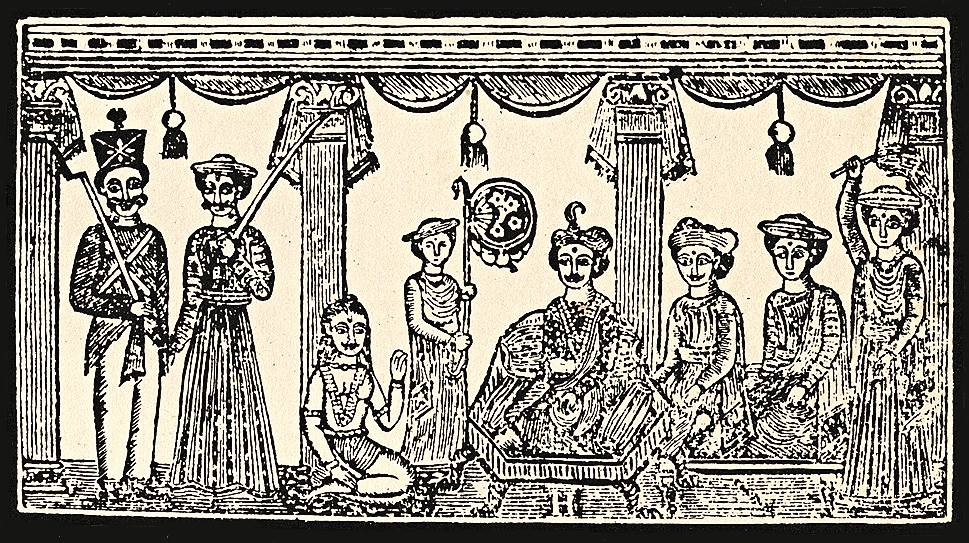The building of the astonishing edifice meant to house the Great Exhibition in London is a visible image of the spirit of the period Elizabeth Macneal captures in her striking debut novel, The Doll Factory, that opens in 1850. The plot builds up around Iris, red-haired and with a slightly deformed collarbone, who works at painting the faces and limbs of dolls in Mrs Salter’s shop, where her twin, Rose, her beauty destroyed by smallpox, works bitterly at sewing the dolls’ clothes. Macneal can grip the reader simply by her evocation of the surroundings, of streets, gutters, houses and rooms — gloomy, fetid, oppressively respectable, or flooded with freedom, madness and light as in artists’ studios — together with the stink, filth and gristle of offal and decay, the breathless crowd at the Great Exhibition or the sharp critical chatter at the Royal Academy show where the much-maligned artists of the Pre-Raphaelite Brotherhood have had a few paintings accepted.
The novel is a thriller on two levels. It is the story of the obsession Iris inspires, all unknowing, in Silas Reed, a taxidermist with aesthetic pretensions and frightening creepiness. His workshop is Macneal’s triumph. The other thrill is less obvious. Iris dares to break the fetters of miserable respectability to become a model for Louis Frost, a character Macneal inserts into the PRB among Rossetti, Millais and Holman Hunt. But Iris does so only because Frost promises to teach her painting, a passion she must indulge in secretly at the doll factory. This tale of the gifted woman artist — suggested probably by the life of Lizzie Siddal, Rossetti’s model and wife — who has a critical eye and can question even the principles of her teacher shows Macneal at her most original.
Macneal’s vivid storytelling is too disarming for her debt to other writers to pall: from the Dickensian urchin, Albie, and the melodrama of his life or the villainous notes from Wilkie Collins right down to the stifling terror of Gillian Flynn’s Gone Girl and similar contemporary tales. This is, after all, a Victorian thriller of the 21st century; it needs its echoes.













